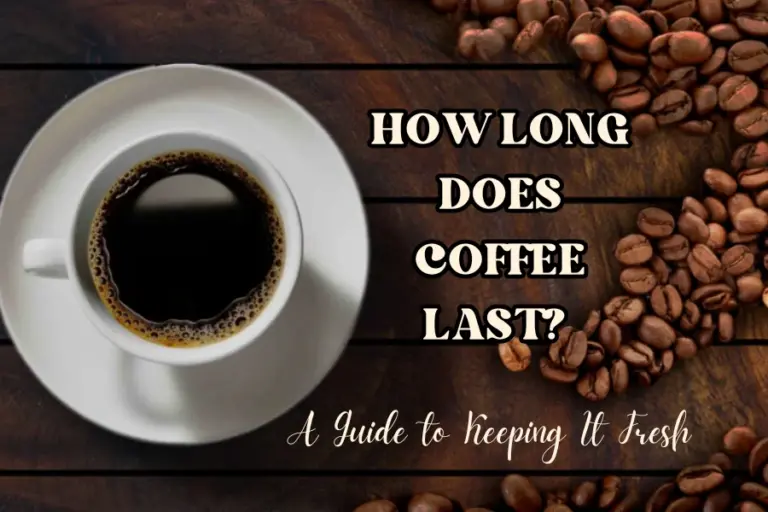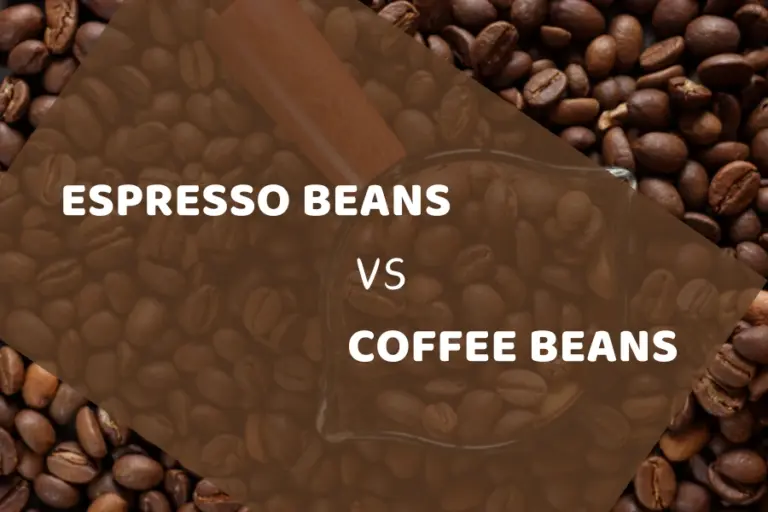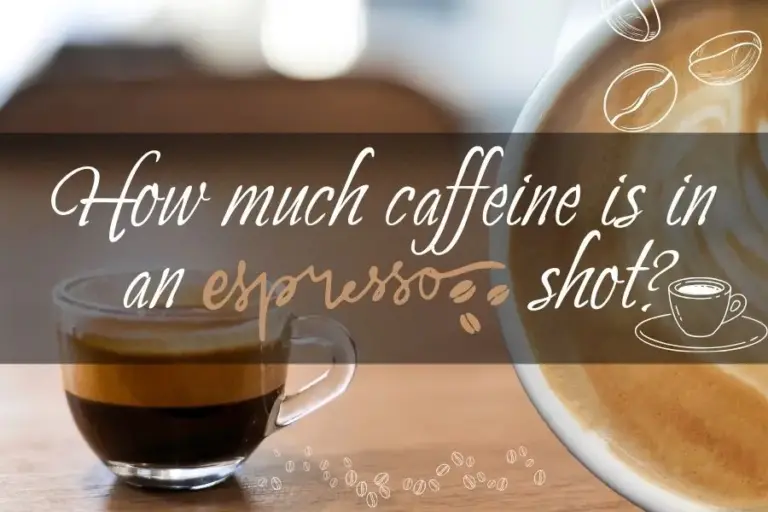The Qualification Between Espresso Coffee vs Brewed Coffee

Coffee is enjoyed by millions of individuals around the world, and brewed coffee or espresso coffee is a portion of numerous people’s day-by-day lives. Individuals frequently ask each other “Need to go out for coffee?”, simply because espresso is moreover coffee. However, brewed coffee and espresso are often in separate sections on the coffee shop menu. They certainly have very different characteristics.
Espresso coffee vs brewed coffee are two outstandingly particular ways of brewing coffee, which essentially impact the taste of the coffee. There are various contrasts between drinking a container of brewed coffee and getting a charge out of a shot of espresso. People who are interested in coffee want to know about this distinction. If you need to learn more, you have come to the right place. Let’s investigate the differences between espresso coffee and brewed coffee in this article.
A Brief Introduction
First, let’s clarify what espresso coffee vs brewed coffee are, regardless of whatever you think is your ideal cup of coffee.
What is Brewed Coffee?
The most popular method of making coffee is brewing it, which can be done manually with machines like the V60 or with an automatic coffee maker. The setup is quite simple: Coffee grounds in a filter are covered with hot water, and the coffee drips into a pot or container underneath the filter.
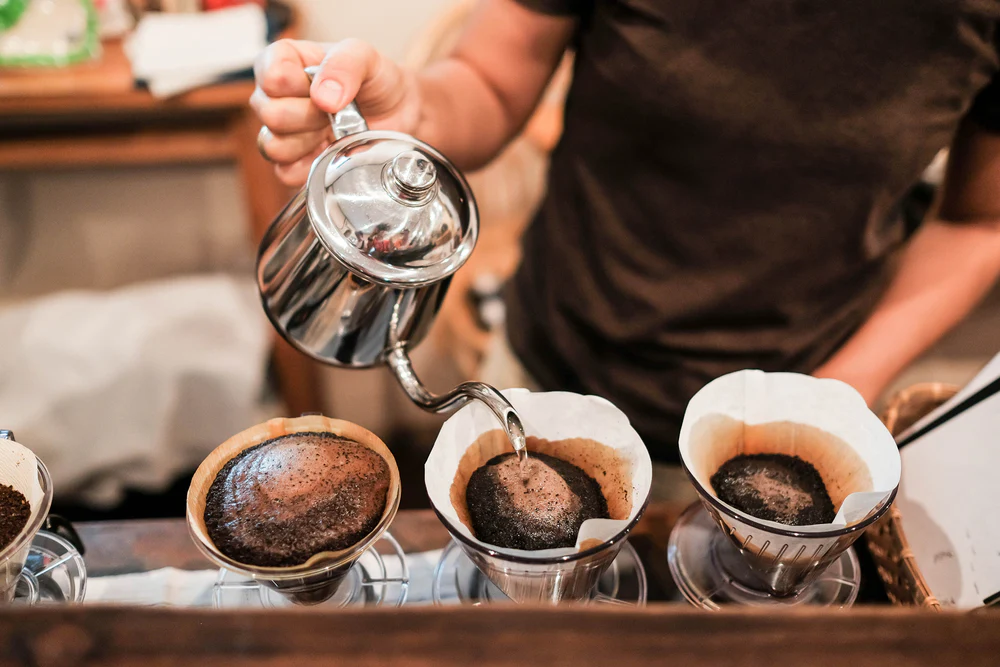
There are two common sorts of coffee beans used for brewed coffee: arabica and robusta (arabica is more common, whereas robusta is stronger). You grind them about the size of granulated sugar. That’s the perfect size for brewed coffee, whether you’re utilizing a cone filter or a flat-bottom filter.
What is Espresso offee?
An espresso coffee is a strategy of brewing coffee in the shape of a concentrated, little shot. An espresso shot is made by constraining hot water through finely ground coffee at tall pressure. This makes a concentrated glass of coffee with a caramel sweetness and a characteristic crema (froth) on top. Whereas it may appear simple, making a quality cup of coffee requires impressive expertise and honing. Espresso beans are ordinarily a mix of arabica beans from diverse roots to make the idealize adjust.
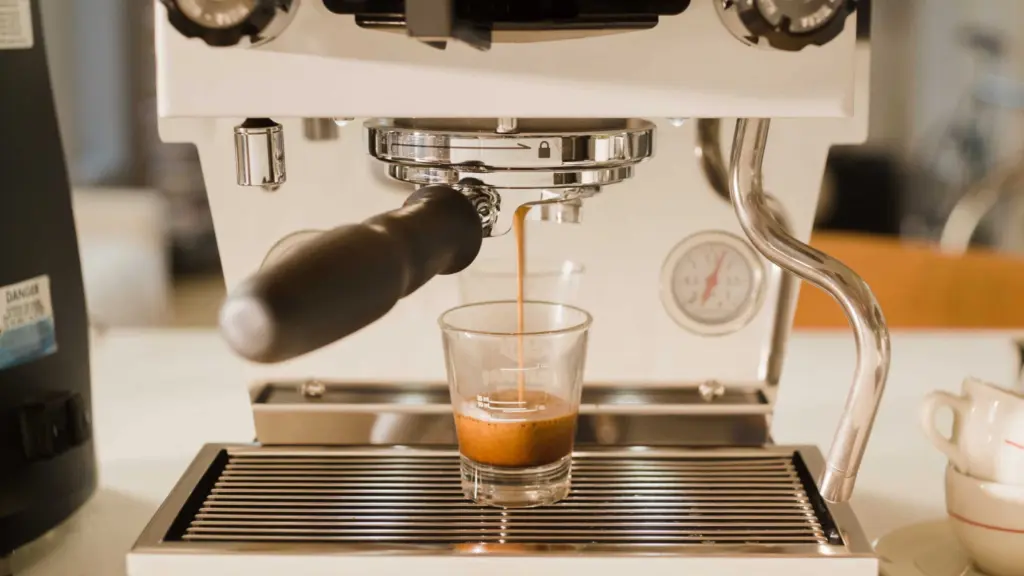
The Difference Between Espresso Coffee vs Brewed Coffee
While a brewed coffee and an espresso may be synonymous in a few ways, there are a few key contrasts between the two brewing strategies. We’ll investigate what makes espresso and brewed coffee one of a kind and tasty in its own right.
Roast Level
When brewing espresso coffee, baristas typically use darker cooks. Darker beans typically offer richer, more chocolaty tones that go well with a full-bodied shot since the acidity is burned off during the roasting process. It is also possible to use dark cooks for brewed coffee, but a longer, slower brew brings out the more nuanced tastes of medium and light cooks.
Grind Size
You need a fine grind for espresso coffee (like fine sand or fine sugar) since of the brief extraction time and pressure utilized to brew a shot. However, you will require a medium or medium-coarse crush for normal brewed coffee, depending on whether you are utilizing a manual or an automatic coffee creator. Medium for manual brewing, and medium-coarse for automatic (as automatic brewers tend to brew quicker than manual brewing).
Brewing Method
Fresh coffee grinds are either poured over hot water (pour-over) or immersed in hot water (immersion) to make brewed coffee. Either way, the hot water breaks down most of the coffee grounds, which at that point pass through a paper, cloth, or metal filter and into a cup or carafe, where the coffee is prepared to be delighted in. There are different ways to brew coffee in shops and at home. Brewing a glass of brewed coffee takes a while.
There is only one way to make bona fide espresso coffee, and that is with a committed machine. Therefore, it is often enjoyed in cafes. The espresso brewing process involves the injection of water at high pressure through tightly packed espresso beans. This means that each espresso is poured in less than thirty seconds.
Brewing Time
Espresso coffee: Regularly, the add-up to brewing time for an espresso is moderately brief, as a rule around 25 to 30 seconds. The real extraction time is around 20-30 seconds (as the water is constrained through the coffee grounds).
Brewed coffee: An automatic coffee maker typically takes around 5 to 6 minutes to brew a typical pot of coffee. A manual pour-over method like the Chemex or Hario V60 can take 3-4 minutes for a cup, including 30 seconds of blooming.
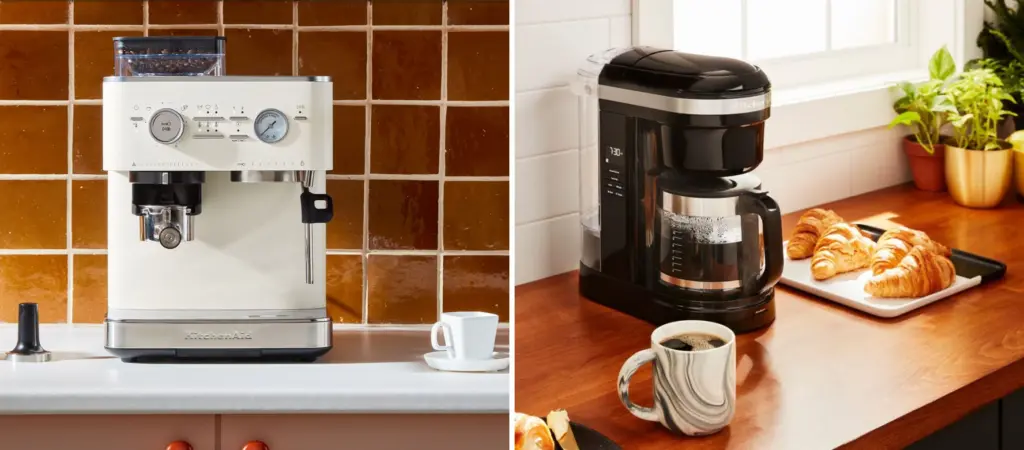
Flavor
Because the brewing procedure is so concentrated—that is, there is less water and more coffee taste—espresso coffee has a very rich, robust flavor that is identifiable. A light or medium broil is typically used to make brewed coffee, which results in a fruity, somewhat acidic, and less full-bodied flavor. Espresso has a unique flavor when consumed since it has a thicker texture than coffee due to the more suspended and broken-down coffee particles.
Caffeine Levels
An 8-ounce (oz) glass of brewed coffee contains almost 95 milligrams (mg) of caffeine. Partition 95 mg by 8, and you get approximately 12 mg of caffeine per oz. Espresso coffee frequently contains around 63 mg of caffeine per 1 oz of coffee. A shot of espresso contains five times more caffeine than a shot of brewed coffee. So in the fight for caffeine supremacy – brewed coffee vs espresso coffee – espresso is more grounded and contains more caffeine.
Here is a comparison table of the basic differences between espresso coffee vs brewed coffee:
| Espresso Coffee | Brewed Coffee | |
| Roast Level | Dark | Dark, Medium, Light |
| Grind Size | Very fine | Medium-coarse |
| Brewing Method | Pressurized water | Gravity/Filter |
| Brewing Time | 20-30 seconds | 3-5 minutes |
| Flavor | rich, robust | slightly sour, less rich |
| Caffeine Level | 63 mg/ 1 oz | 12 mg/ 1 oz |
Final Words
Two types of coffee – espresso coffee vs brewed coffee – are both delicious in their own right. Even though coffee grounds are used to make both drinks, the brewing techniques and equipment used are very different, they both undoubtedly have very different flavors. Therefore, all options provide a unique caffeine experience, regardless of your preference for the gradual awakening of a nice glass of brewed coffee or the quick burst of an espresso shot.
FAQs
Espresso coffee is routinely less acidic than brewed coffee because of the shorter brewing time and higher pressure. A few individuals discover the lower causticity simpler on the stomach. Brewed coffee is more acidic, but you can choose beans with lower acidity to reduce stomach problems (if you have a sensitive stomach).
Coffee beans from some countries, such as Brazil, are known to have lower acidity.
Choosing a darker broil can moreover offer assistance to decrease causticity. If you have caffeine sensitivity issues, you can choose espresso versions and low- or no-caffeine (decaffeinated) brewed coffee.
A person may choose brewed coffee over many other types of espresso coffee for a variety of reasons, and vice versa:
– Espresso is frequently quicker to make than standard coffee, and can be made to order: If you go to a coffee shop and are uncertain whether the coffee in the pot is new, you can order an espresso and know that what you get has been prepared right in front of you.
– While brewed coffee might be better suited for sharing or a swarm, espresso can be served efficiently in single portions.
– Some brewed coffees will be overpowered by the expansion of drain and sugar, whereas the more grounded flavor of espresso may be more apparent in a milky coffee drink.
– Flavor preferences also come into play: Whereas a few individuals favor the lighter, more sensitive flavor of brewed coffee, others are inclined toward the bolder flavor of espresso.

